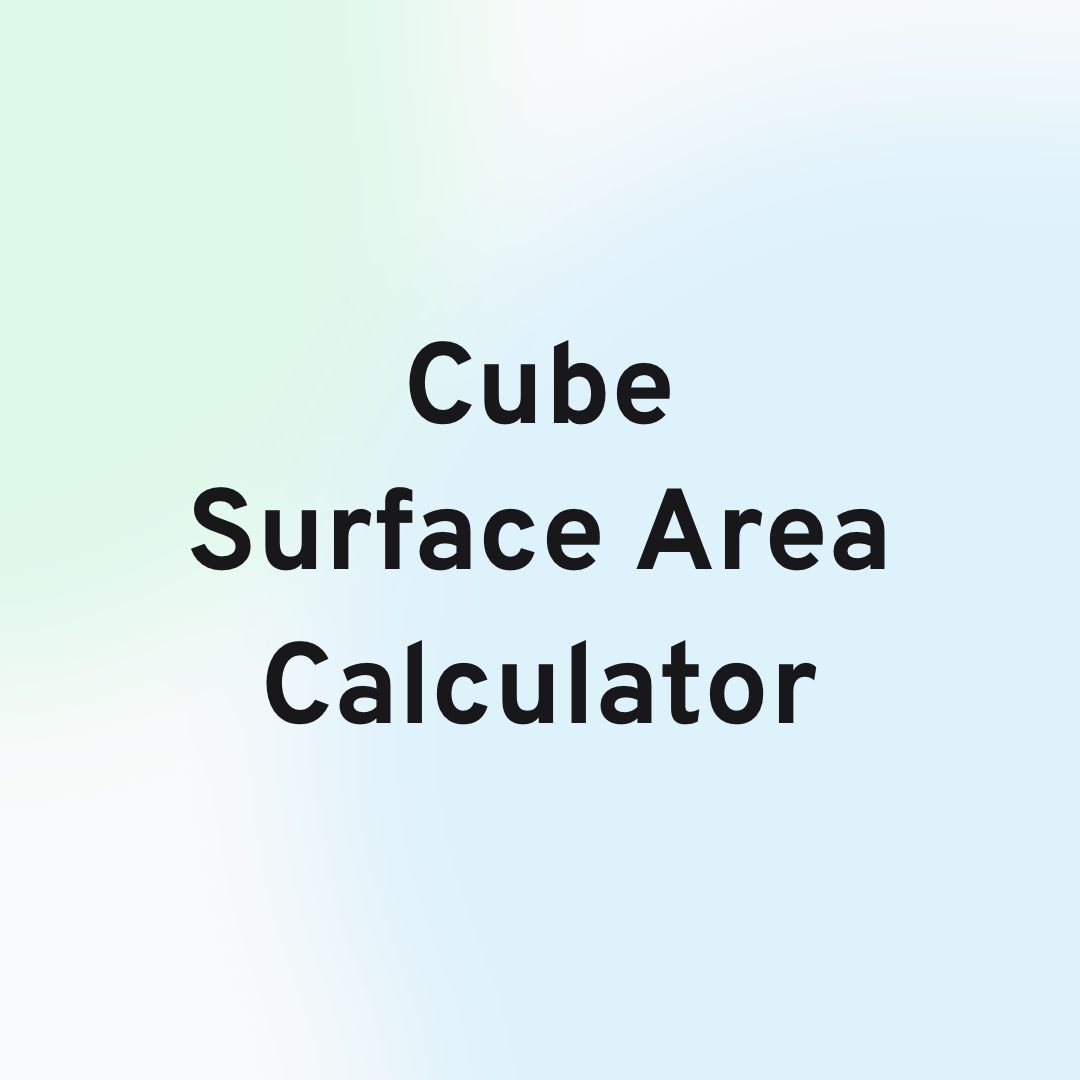
Mathematics
Geometry
Cube Surface Area Calculator
Quickly calculate the cube's lateral and total surface area using our nifty Cube Surface Area Calculator! Input the Side length to find out!
Welcome to our Cuboid Surface Area Calculator, which will help you calculate the Lateral and Total Surface Area of the Cuboid. A cuboid is a solid three-dimensional shape with six faces, twelve edges, and eight vertices. This is very similar to the cube, but the difference between a cuboid and a cube is that the cuboid’s faces are not necessarily squares. The cuboid has three dimensions length, width, and height.
The total surface area of a cuboid is the total area of all 6 of its faces. The cuboid’s lateral surface area is the cuboid’s surface area without the top and bottom faces.
Using the Cuboid Surface Area Calculator, you can calculate the lateral surface area and the cuboid’s total surface area by inputting the cuboid’s dimensions, like length, height, and breadth, for the calculation.
The variables in the Cuboid Surface Area Calculator include
Length (l)
The Length of the Cuboid.
Breadth (b) The Breadth of the Cuboid.
Height (h)
The Height of the Cuboid.
Lateral Surface Area (LSA)
We can calculate the Lateral Surface Area of the cuboid by using the following formula
Total Surface Area (TSA)
We can calculate the Total Surface Area of the cuboid by using the following formula
A cuboid is a solid three-dimensional shape with six faces, twelve edges, and eight vertices. The cuboid’s faces are rectangular. The angles formed at the vertices of the cuboid are all 90 degrees.
The cuboid has three dimensions length, breadth (width), and height. The length of the vertical edge is considered as the height, and on one of the rectangular faces of the cuboid, the length of the longer edge is considered the length, and the length of the shorter edge is considered the breadth.
The lateral surface area of the cuboid is the sum of areas of the faces of the cuboid except for the top and bottom faces.
The lateral surface area of the cuboid can be calculated using the following formula.
Where
l = Length of the Cuboid
b = Breadth of the Cuboid
h = Height of the Cuboid
The Total surface area of the cuboid is the sum of the areas of all six faces of the cuboid.
We can calculate the total surface area of the cuboid by using the following formula
Where,
l = Length of the Cuboid
b = Breadth of the Cuboid
h = Height of the Cuboid
Given a cuboid of length 6 cm, breadth 4 cm, and height 3 cm. What are the lateral surface area and total surface area of the cuboid?
We can calculate the lateral and total surface area using the following formulas.
Lateral Surface Area of Cuboid
Total Surface Area of Cuboid
As you can see from the above calculation, the lateral surface area of the cuboid is 60 sq cm, and the total surface area of the cuboid is 108 sq cm.

Mathematics
Geometry
Quickly calculate the cube's lateral and total surface area using our nifty Cube Surface Area Calculator! Input the Side length to find out!
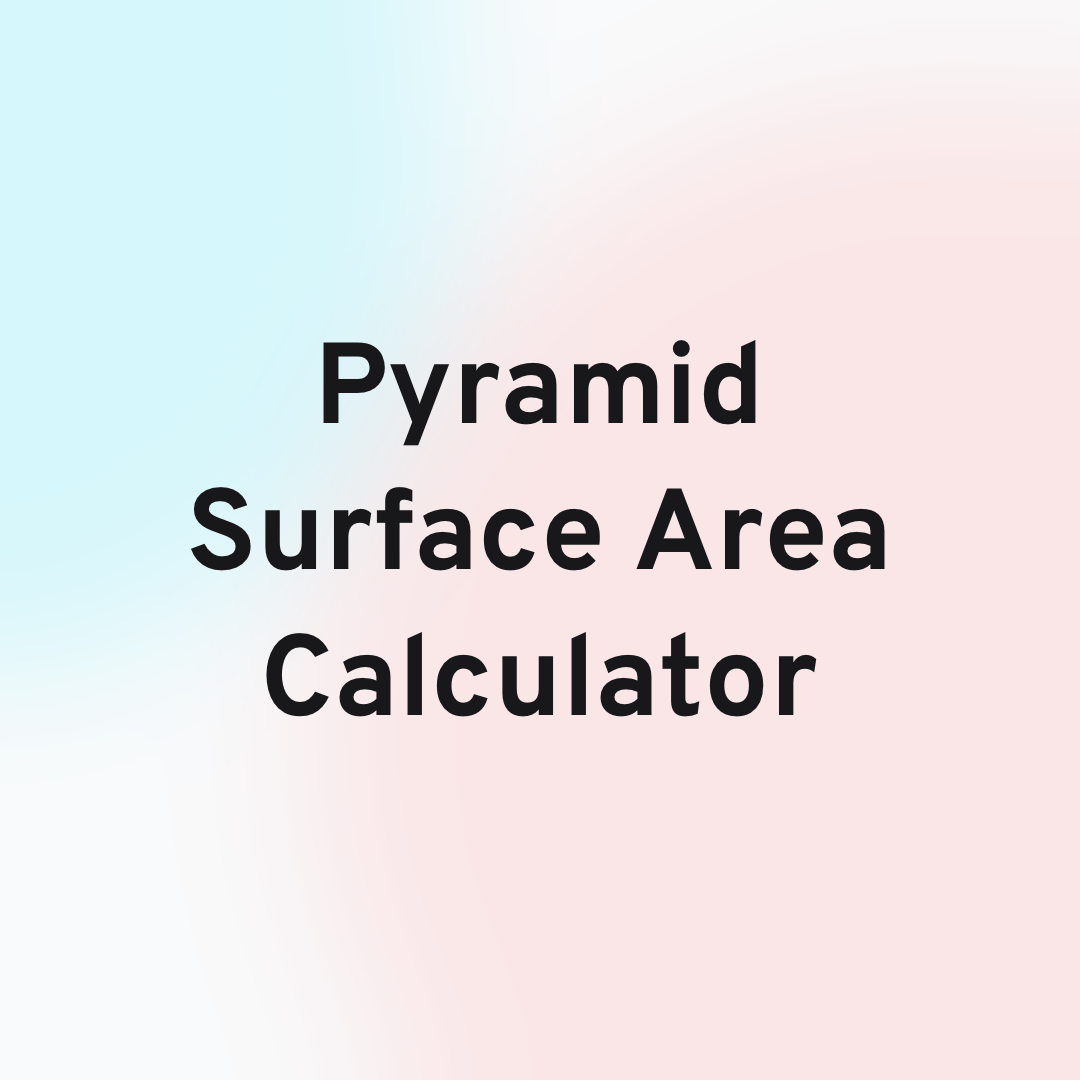
Mathematics
Geometry
Calculate the surface area of the Triangular pyramid, Square Pyramid, Pentagonal Pyramid with ease using our Pyramid Surface Area calculator!
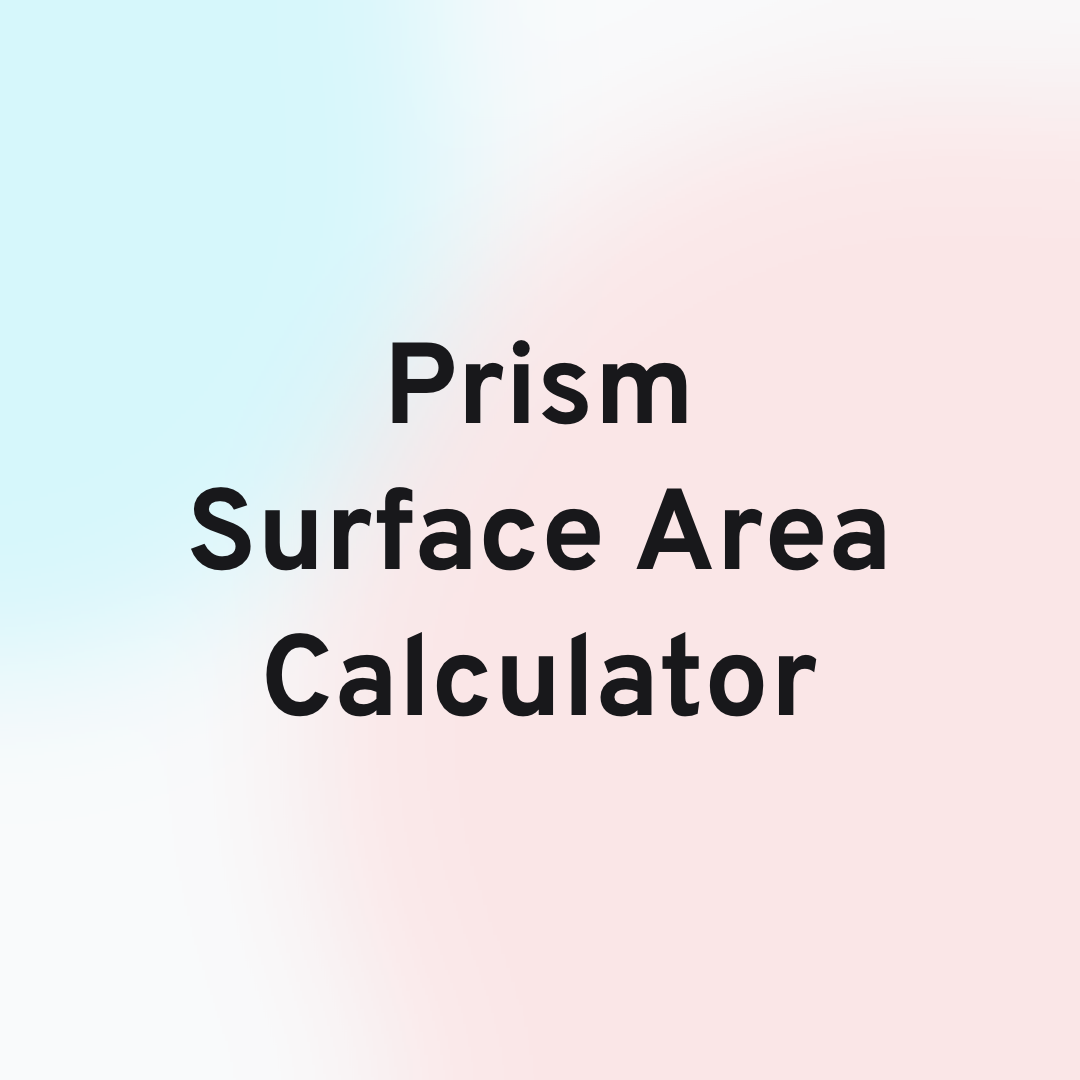
Mathematics
Geometry
Calcuate Surface Area of Triangular, Square, Rectangular, Pentagonal, Hexagonal and Octagonal Prisms using our Prism Surface Area Calculator!
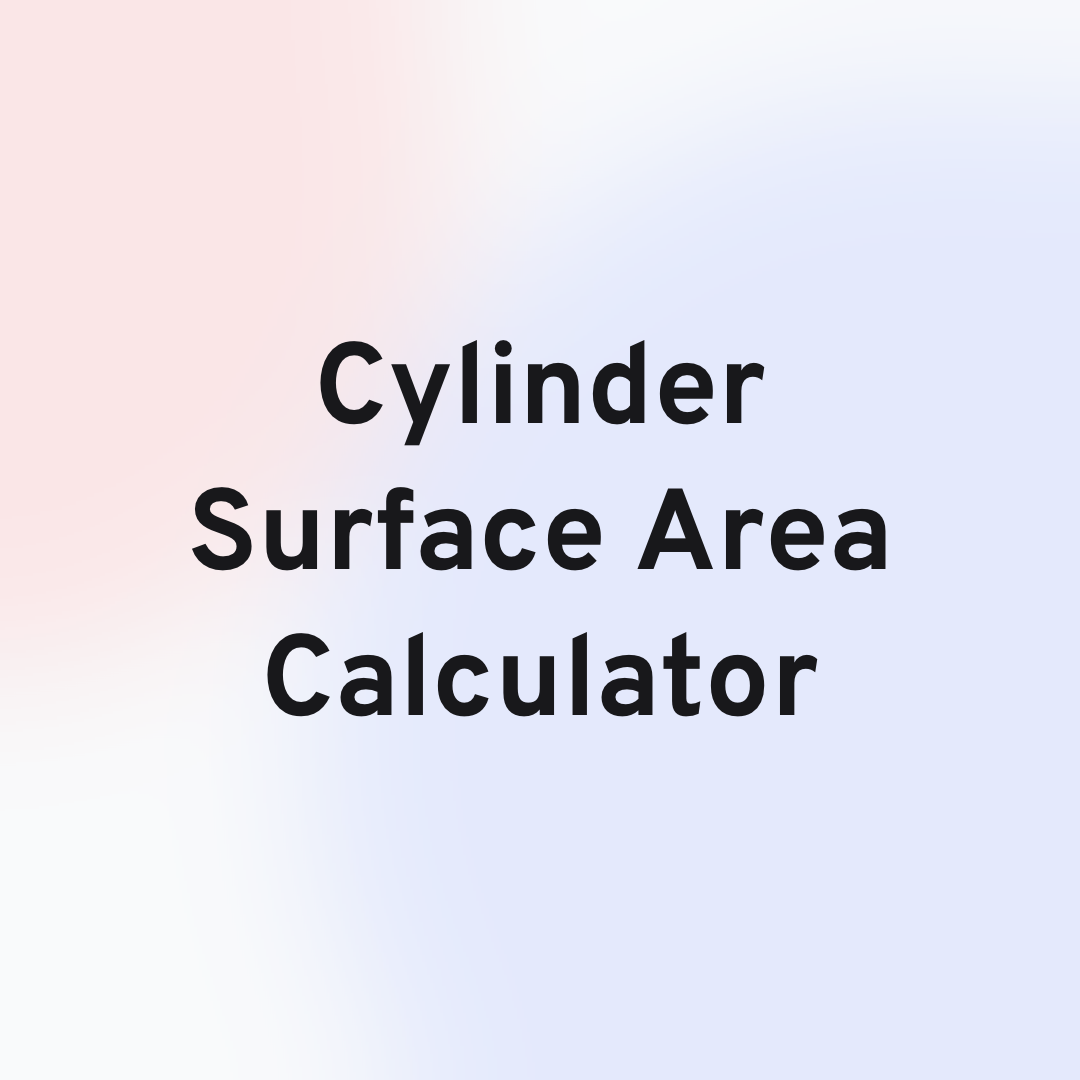
Mathematics
Geometry
Calculate the lateral surface area and total surface area of the cylinder with ease using our nifty Cylinder Surface Area Calculator!
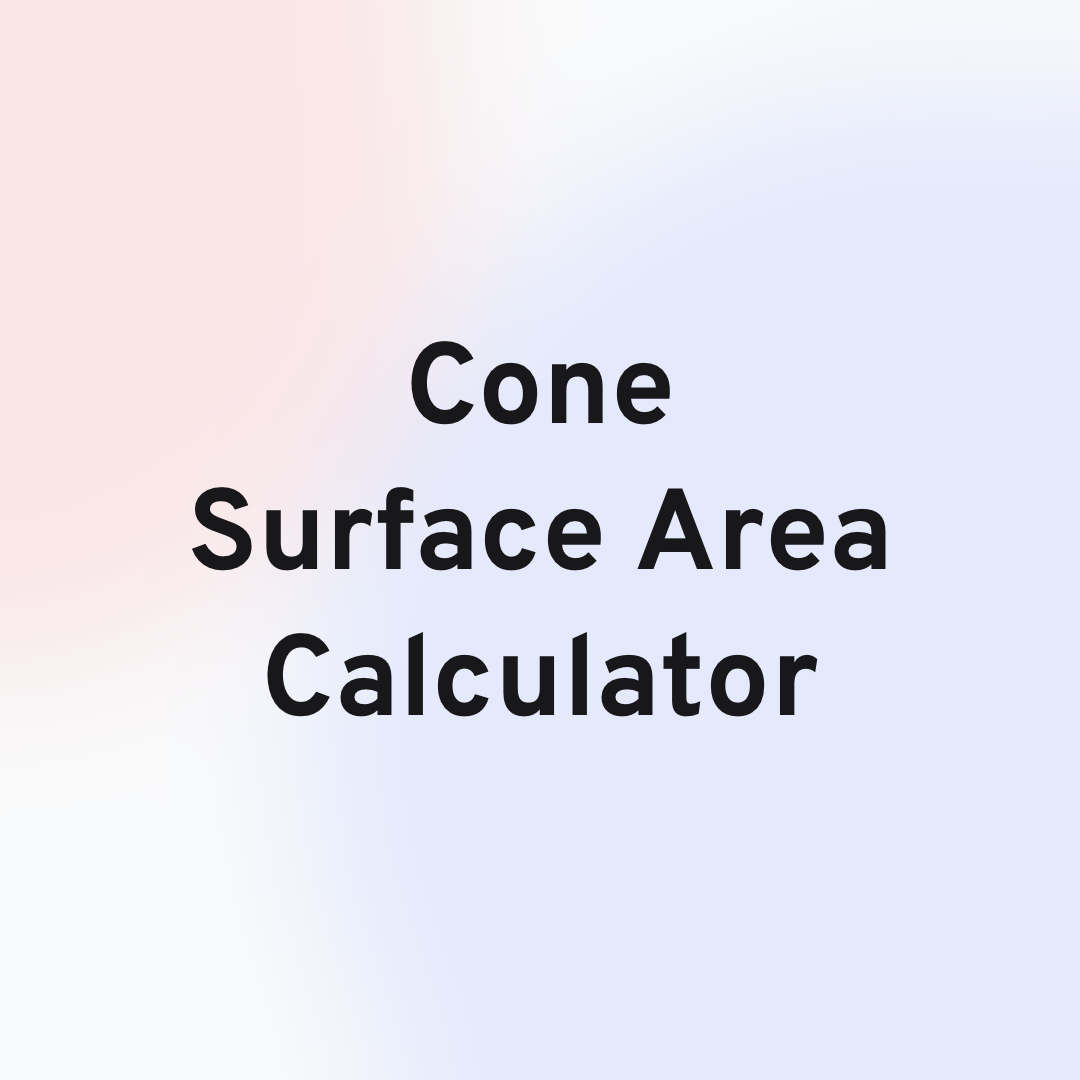
Mathematics
Geometry
Calculate the lateral and total surface area of the Cone with ease using our nifty Cone Surface Area Calculator!
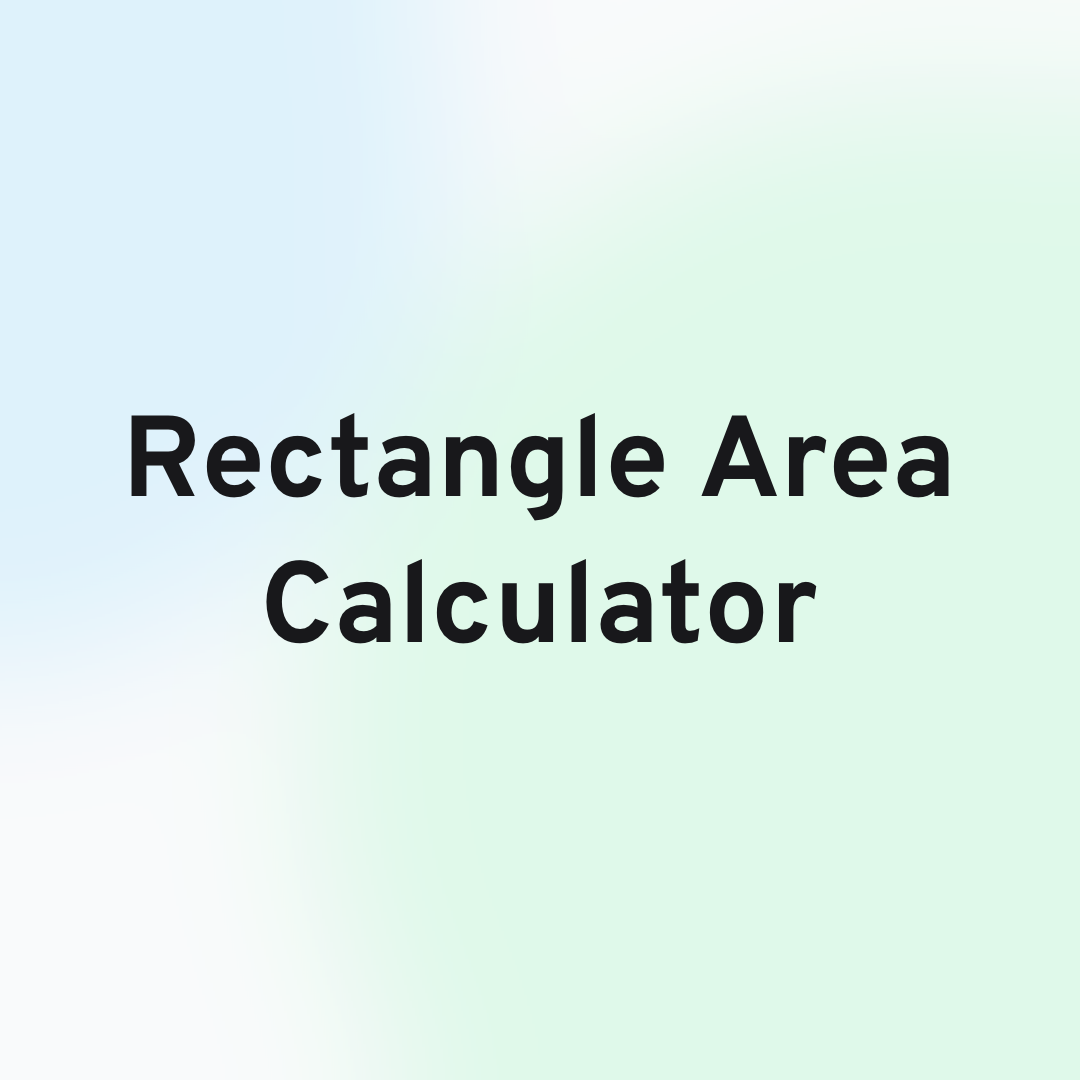
Mathematics
Geometry
Calculate the rectangle's area quickly and accurately using our user-friendly Rectangle Area Calculator! Try it out now!